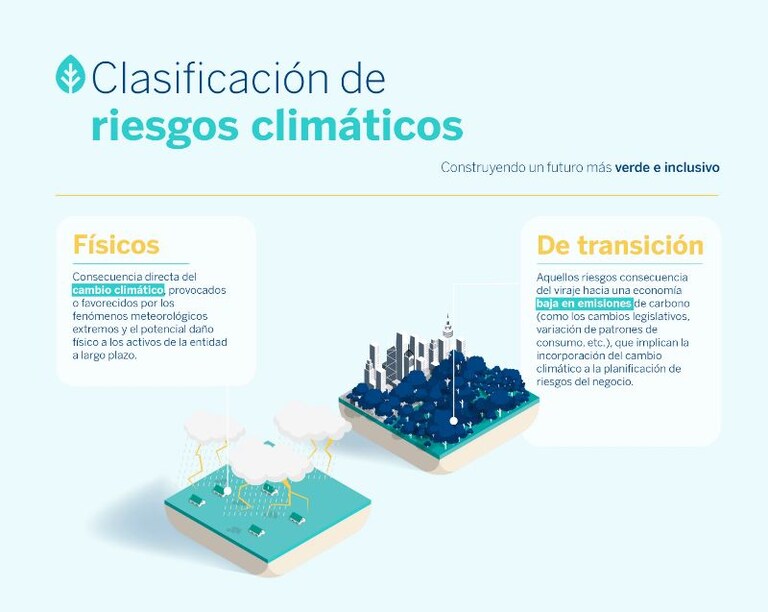World Environment Day is celebrated on 5 June. Having committed to reducing its greenhouse gas emissions by 55 % for 2030, the European Union has been rolling out for several years now its sustainable finance action in installments. Taking them one by one, let's have a closer look at how these 9 regulations are set to change the market.
Over the past decade, climate change mitigation has escalated to a top priority for the European Union. Verbal commitments are evolving into tangible goals and new legislation, all aimed at enabling the EU to slash its greenhouse gas emissions (by at least 55% by 2030) and member states to bolster the presence of renewables in their energy mixes. Yet, progress in industry, transportation, and energy comes at a cost. So, the question arises: who foots the bill?
The European Commission's own calculations estimate that the investment needed to achieve climate and energy objectives is 180 billion euros a year. When factoring in the essential reforms for the transportation sector, waste management, and water efficiency, the total cost escalates to 270 billion euros. Hence, to mobilize the necessary capital for this transformation, the European Union has been rolling out its action plan for sustainable finance since 2018.
Linking markets on the path to carbon neutrality
Based on the recommendations from the high-level expert group on sustainable finance, tasked with proposing a roadmap to integrate the financial sector into the shift toward a low-carbon economy, the European Commission unveiled its sustainable finance action plan in March 2018. Thus, the plan is the collective strategy of the 27-member bloc to align financial and capital markets with the European economy's needs as it advances toward carbon neutrality and minimal environmental impact.
The sustainable finance action plan was established with three core objectives:
- To redirect capital flows toward sustainable investments.
- To manage financial risks stemming from climate change and environmental degradation.
- To encourage transparency and foster a long-term perspective in financial activities.
These three goals have manifested in nine key initiatives, encompassing several new laws and regulatory reforms, some of which have not yet been fully realized. Others, such as the European Green Taxonomy (arguably the most discussed reform in recent years), are already implemented. This is the status of the nine EU regulatory developments in sustainable finance (one by one).
The best of both worlds
1. Taxonomy: a classification for sustainable activities
The European Taxonomy for Sustainable Activities, commonly referred to as the European Green Taxonomy, is a classification system designed to help investors identify which activities and projects are environmentally sustainable. It is a framework developed to bring stability and clarity to financial markets. Following an extensive period of discussion – during which nuclear energy and gas were controversially designated as transitional sustainable energy sources – the taxonomy was definitively adopted last July and came into effect on January 1, 2023.
2. Labels and standards for green financial products
The action plan aims to establish a standard for green bonds and to introduce a voluntary labeling scheme for sustainable investment products. The European Commission, the European Parliament, and the Council of the EU came to a definitive agreement on the regulation of sustainable bonds on March 1st. Additional steps in the legislative process remain, so the regulation is not expected to be implemented until 2024. Regarding the expansion of the green label to financial markets — the EU Ecolabel, which has been available for various other businesses and products for years — it is still a subject of debate.
3. Benchmarks for low-carbon assets
One of the initial actions taken was the amendment of EU Regulation 2016/1011, which pertains to indices used as benchmarks in financial instruments and contracts or for assessing the performance of investment funds. This amendment introduced two new benchmarks aligned with the Paris Agreement's goals and the EU's strategy for a green transition. They were formally adopted in 2020.
4. Sustainability in financial advisory services
This regulatory reform aims to mandate that insurance companies and investment product distributors provide their clients with advice based on the sustainability of their financial assets. Accordingly, amendments have been made to the Markets in Financial Instruments Directive (MiFID), which governs investment services, and the Insurance Distribution Directive (IDD). These amendments are anticipated to boost the uptake of sustainable financial products.
5. Risks, sustainability and prudential framework
One of the prominent measures proposed when the action plan was adopted was the inclusion of sustainability criteria into the prudential frameworks governing banks, pension funds, insurers, and asset managers. This means mandating the integration of sustainability considerations into how these entities assess risks to financial stability. The initiative continues to be a matter of debate and seems unlikely to be adopted in the near term, particularly after the 2022 publication by the European Banking Authority, which suggested that such amendments might compromise the integrity of prudential instruments.
6. A new framework for disclosure
The action plan additionally seeks to establish a new set of regulations pertaining to sustainability-related disclosures in the financial services sector, known as the SFDR. The goal is to ensure transparency from all parties in the investment chain regarding their sustainability practices and the impact of their investment activities. Though the regulatory framework was approved in 2019, the detailed technical and standardization criteria are still being finalized.
7. Enhancing transparency in non-financial reporting
In recent years, efforts have been made to implement updates within the Non-Financial Reporting Directive (NFRD), governing the non-financial information disclosure by large corporations. These updates have culminated in the Corporate Sustainability Reporting Directive (CSRD), which became effective last January. The CSRD will impact the reporting practices of all public companies, both large corporations and SMEs, starting in 2024. The CSRD introduces more stringent disclosure requirements regarding greenhouse gas emissions, waste management, and mandates that an independent sustainability audit is conducted.
8. Advancing toward sustainable and long-term corporate governance
Among all the proposed initiatives, this one has advanced at the slowest pace, as ongoing studies and debates are still determining the extent of short-termism in capital markets. The ultimate objective is to establish a standard that encourages a long-term perspective on investments and integrates sustainability into corporate decision-making processes.
9. New guidelines for credit rating assessments



